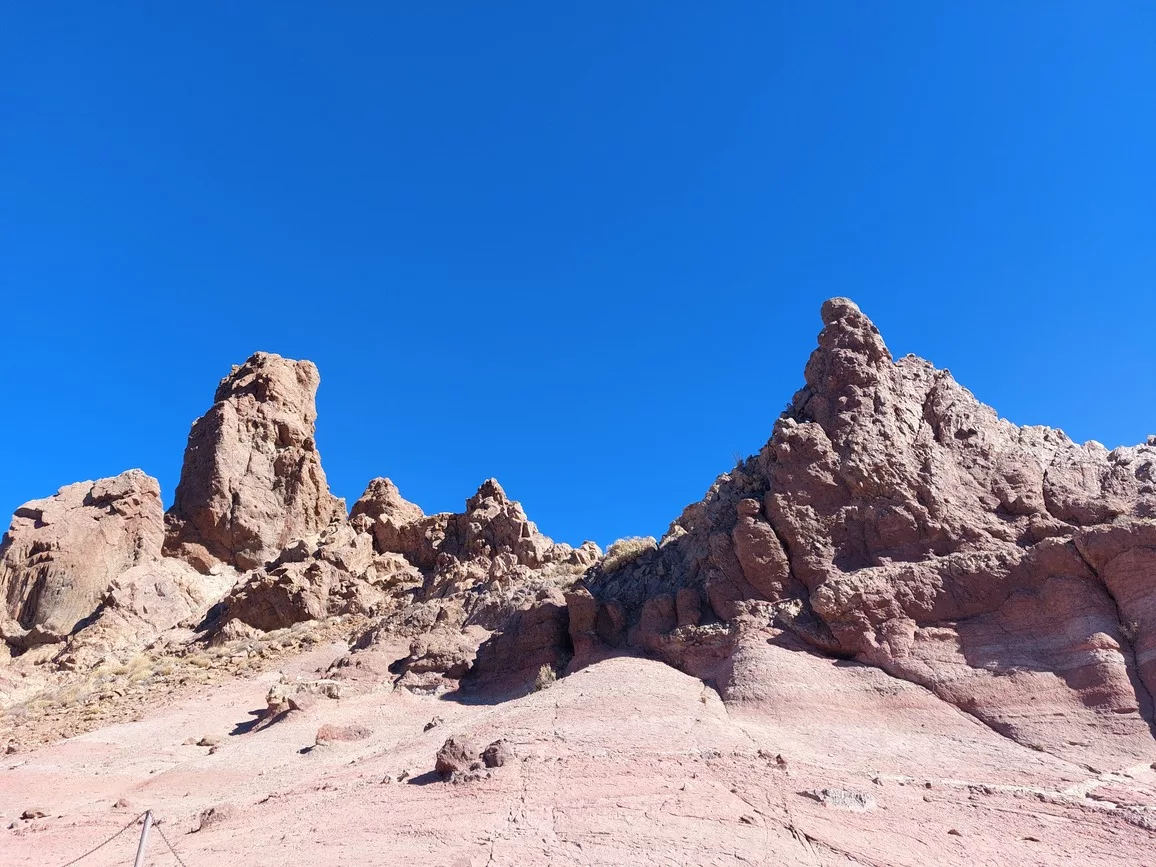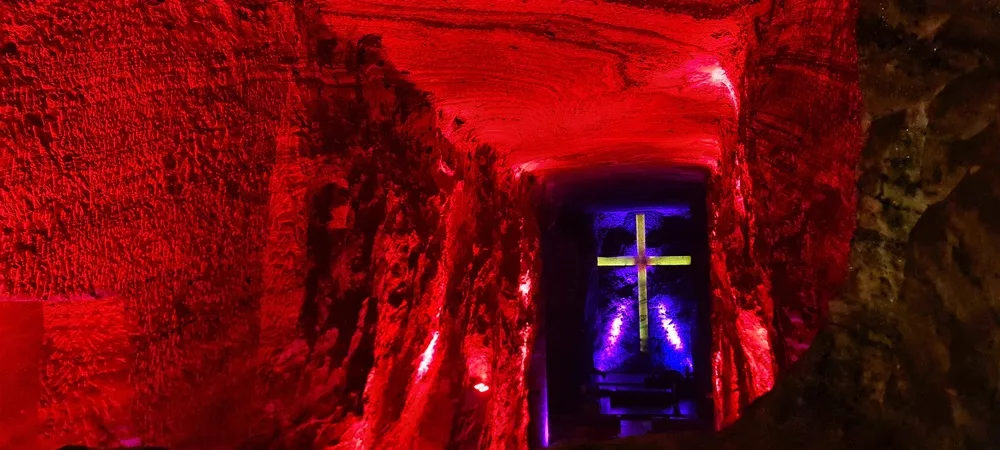What to do in Bogotá?
- The Candelaria
- The Chorro de Quevedo
- The Santuario Nuestra Señora del Carmen
- The Plaza Bolivar
- The catedral Primada
- The Botero museum
- The Colombian national museum
- The Miguel Urrutia museum
- The Casa de la Moneda
- The Plaza de mercado La Perseverancia
- The Cerro de Monserrate
- The Simon Bolivar park
- The Quinta Camacho neighborhood
- The Usaquen flea market
- BONUS : the catedral de Sal
Bogotá in a nutshell
What to do in BOGOTÁ? 14 places you can't miss!
Like all capitals, Bogotá has a large number of squares, parks, museums, and buildings to visit. Discover what to see and do in Bogotá!
1. The Candelaria


2. The Chorro de Quevedo



3. The Santuario Nuestra Señora del Carmen
4. The plaza Bolivar
What to do in Bogotá? There is no doubt that the most well-known square in the city is present in many answers. It holds great importance at religious, economic, political, and legal levels. In fact, it is bordered by the cathedral, the town hall, the courthouse, and the Capitol.
It’s an excellent place to buy tangerine juice while observing locals and tourists moving around the square. Numerous vendors also offer food and crafts in this location.

5. The catedral Primada
6. The Botero museum



7. The Colombian National Museum





8. The Miguel Urrutia Museum
9. The Casa de la Moneda
Also accessible from the Botero Museum and free of charge, the Casa de la Moneda is another museum worth discovering. As you’ve probably gathered, it narrates the main economic, social, and cultural processes of Colombia through the history of its currency.
10. The Plaza de mercado La Perseverancia
There are many markets in Bogotá to feel the pulse of local life and do some shopping. La Perseverancia market is quite small but always bustling with life. After your shopping, you can sit in one of its numerous restaurants to taste delicious local specialties.


I couldn’t go, but Paloquemao Market was also recommended to me, especially for trying the country’s fruits.
11. The Cerro de Monserrate
Excursions to visit Monserrate



12. The Simon Bolivar park

13. The Quinta Camacho neighborhood


14. The Usaquen market

BONUS: The catedral de Sal
How many days to explore Bogotá?
What to do in Bogotá in 2 days? Itinerary
- Visit to La Candelaria: 2–3 hours. Pause at Chorro de Quevedo to have a chicha. Visit the Sanctuary during mass.
- Visit to the Botero Museum: 1 hour. If you crave more culture, continue with the Miguel Urrutia Museum and/or the Casa de la Moneda.
- Lunchtime: La Candelaria is full of restaurants and cafes. Give preference to establishments that use local seasonal products and employ local workers.
- Stroll through Plaza Bolívar: a must-visit for both locals and tourists.
- Walk in Simón Bolívar Park: to end the day in a relaxing way.
- Visit to Monserrate: 1 hour (the ascent and descent can take a long time on busy days). Locals recommend going around 10-11 in the morning for beautiful photos.
- Lunch at La Perseverancia Market Plaza: enjoy the market atmosphere before sitting in one of its many restaurants.
- Visit to the National Museum of Colombia: 2–3 hours.
- Walk in the Quinta Camacho neighborhood: take the opportunity to have a good coffee, and why not, dine there as well?
What to DO in Bogotá in 3 days? Itinerary
When to visit Bogotá?
Bogotá is a city that is pleasant to explore at any time of the year. However, if you decide to go in December, January, or February, you increase your chances of avoiding rain and enjoying the 5–6 hours of daily sunshine, compared to the 4 hours the rest of the year.
How to get to Bogotá?
How to get around Bogotá?
Where to stay in Bogotá?
Where to buy a SIM card in Bogotá?
Is Bogotá dangerous?
- Don’t walk with your phone in your hands.
- Avoid walking alone at night.
- Refrain from carrying large sums of money.
- Inform yourself about common scams.
Being a digital nomad in Bogotá
Traveling responsibly in Bogotá
Visiting Bogotá as a POC



post a comment cancel reply
This site uses Akismet to reduce spam. Learn how your comment data is processed.




